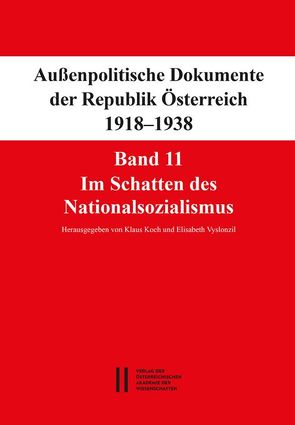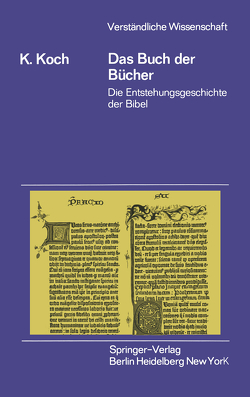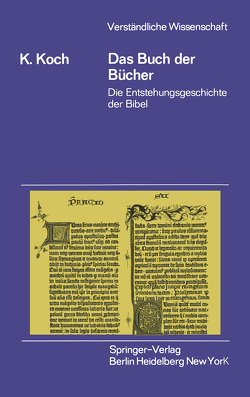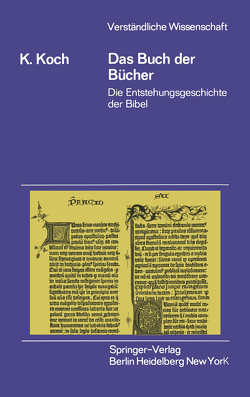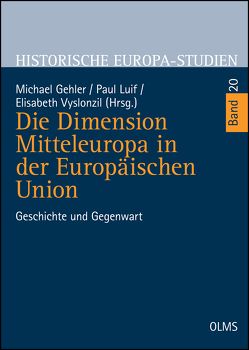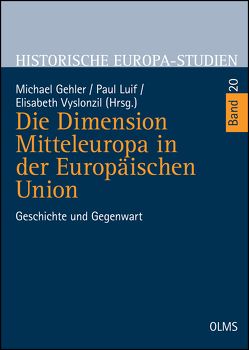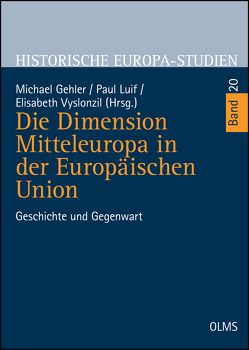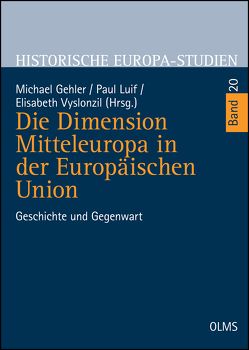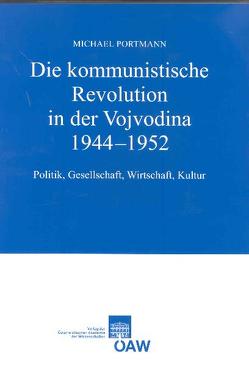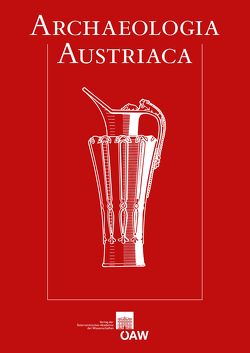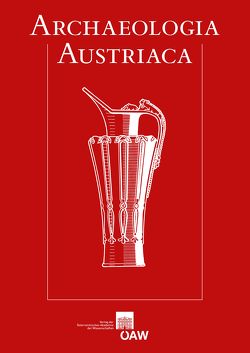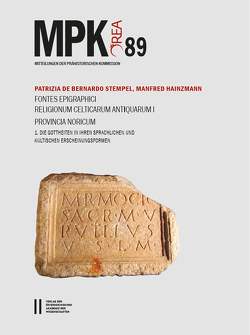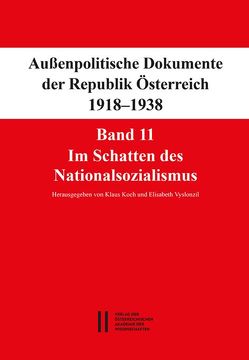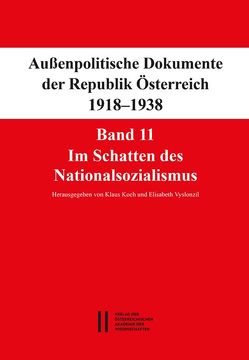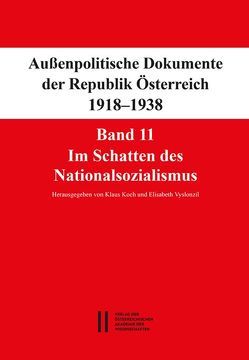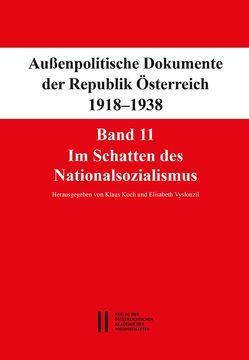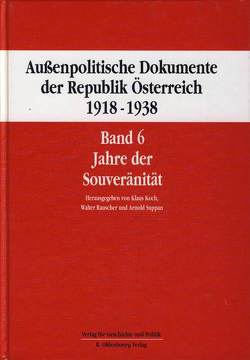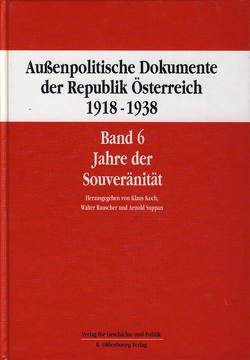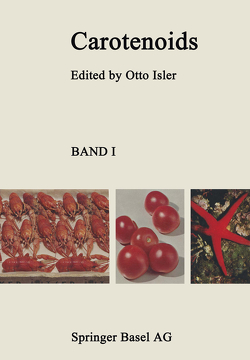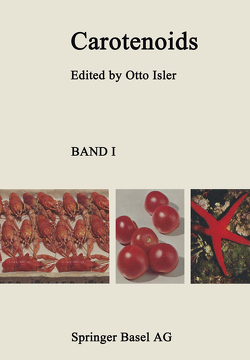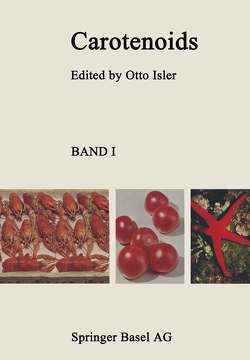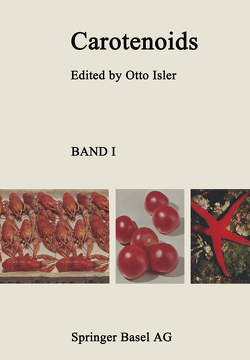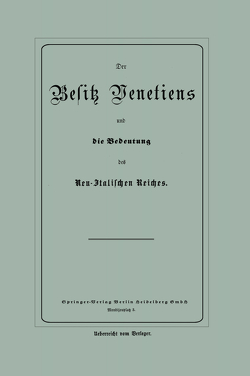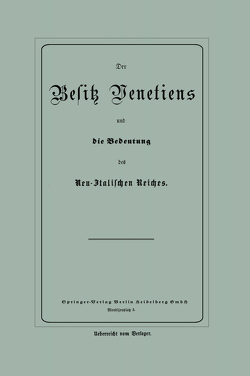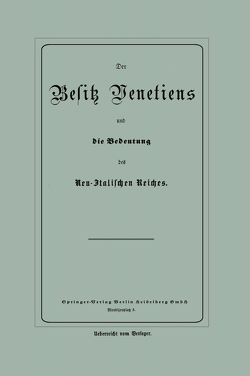Fontes rerum Austriacarum. Österreichische Geschichtsquellen / Außenpolitische Dokumente der Republik Österreich 1918 – 1938 Band 11
Im Schatten des Nationalsozialismus
Klaus Koch, Elisabeth Vyslonzil
Due to the German-Austrian agreement in July 1936 and the according lift of the Thousand Mark Ban, Austria’s economic situation improved significantly. The “Axis-Agreement Berlin-Rome”, implemented in October 1936, revealed clearly that Mussolini’s approach towards Hitler ended his engagement in warranting Austria’s independence. When Schuschnigg and Undersecretary of State Guido Schmidt met Mussolini and Secretary of State Ciano in Venice in April 1937, Mussolini clearly stated, that a new system of the Danube-Basin states without Germany was beyond all question. Austria became also aware of the fact that since Schmidt’s visit in London in 1937 from the side of the western powers no guarantees on behalf of Austria’s sovereignty and independence could be expected. On the other hand Germany’s minister of warfare, Werner von Blomberg, on June 24th gave the “Instruction on consistent preparation of the Wehrmacht”, the so-called “Special case Otto” which meant the invasion of German troops into Austria in case of a restauration of the Habsburg family. Within the framework of the “Department for nation-policy of the Fatherland-Front” (Volkspolitisches Referat der Vaterländischen Front) illegal National-Socialists were integrated into government affairs since February 1937. Soon the illegal Austrian members of NSDAP increased to the number of 75.572. Also the private visit of Undersecretary Schmidt to jovial Hermann Göring on his country estate Carinhall clearly indicated the German rapprochement to Austria, and that the annexation (Anschluss) was just a question of time.
